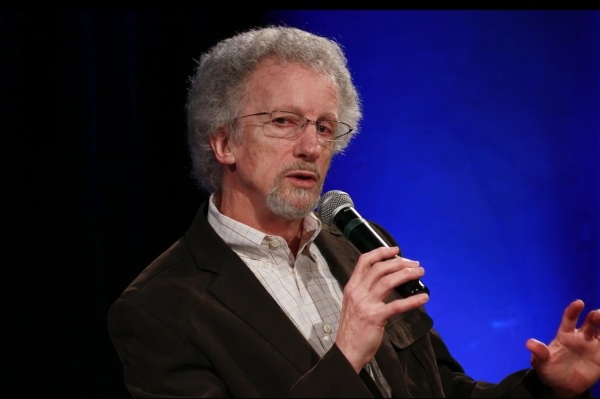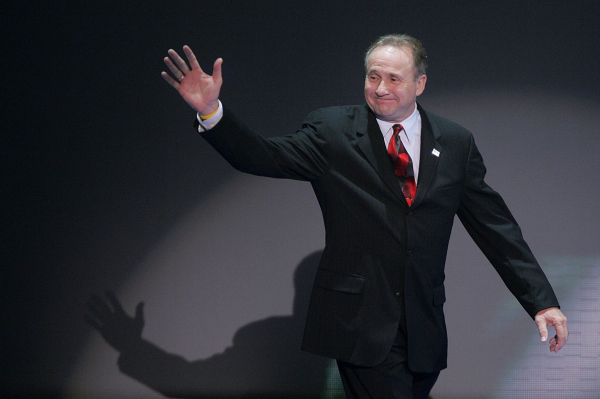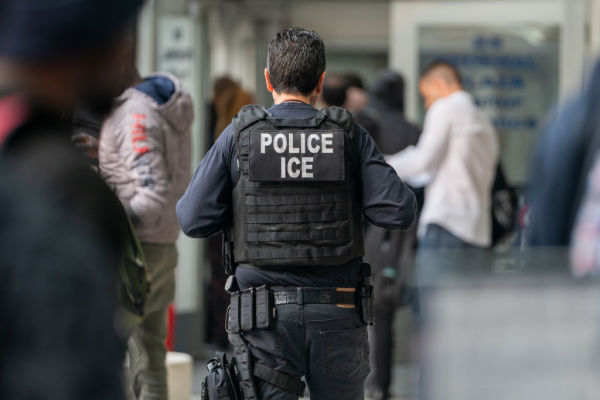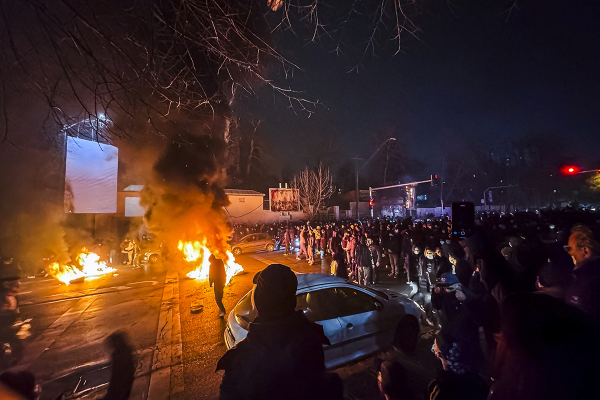Native Americans and Thanksgiving
Every Thanksgiving, while millions gather together with family, hundreds gather at a hill in Massachusetts.
Since 1970, Native Americans from across the United States assemble at noon on Thanksgiving Day at Cole's Hill, which overlooks Plymouth Rock, in order to observe a "National Day of Mourning."
With the rise of efforts by scholars and social commentators to focus on groups often ignored by conventional American history, there has been a growing focus on how Native Americans view the history of the United States and colonial America.
One area of focus has been the widely observed national holiday of Thanksgiving, which commemorates the meal between the Wampanoag tribe and the pilgrim settlers.
The annual observance on Cole's Hill came in response to an incident surrounding the 350th anniversary of the Pilgrim landing at Plymouth Rock. The Commonwealth of Massachusetts "disinvited" Wampanoag leader Frank James, who intended to deliver a speech that would have emphasized the oppression of native peoples in American history.
Writing for a publication of the National Museum of the American Indian, Liz Hill observed that for some modern Native Americans, Thanksgiving is not a time of festivity.
"On Thanksgiving Day, while most Native people are sitting down to turkey dinners, some prefer to observe the day as one of mourning – for what happened to the millions of Indians who lived on the North and South American continents before the arrival of the Europeans," wrote Hill.
Linford D. Fisher, assistant professor for the Department of History at Brown University, told The Christian Post that the modern perception of a multicultural cooperation at Thanksgiving was largely accurate but fleeting.
"One of the messages in 2012 is multiculturalism, often with the Pilgrims and Indians peaceably sitting down for a meal as the emblem of that harmonious interculturalness. And while the 1621 feast did include local Wampanoag Natives, it was a peaceability that was tenuous and did not last," said Fisher.
"Puritans gave thanksgiving in subsequent years, for example, for their victories OVER the Natives, after the Pequot War (1636-1638) and King Philip's War (1675-1676). So to truly tell the story of the 'first Thanksgiving,' one has to admit that the way we project that harmony misrepresents American history."
Nevertheless, as noted by Hill for the National Museum's publication "Do All Indians Live in Tipis?", the Thanksgiving celebration is observed among most modern Native American communities.
An example of this would be the Cherokee Nation, which in 2001 posted on their official website a Thanksgiving Day prayer from a recently departed employee of the Nation.
"May the spirit of Thanksgiving be catching to those around me...may we give abundant thanks for the things we do have and certainly for some of the things we DO NOT have...and most of all – for my co-workers who have become my family...I thank God for each and everyone. HAPPY TURKEY DAY!!!," wrote the late Jan Morgan.
In the same year, the Cherokee Nation distributed educational material to over 100 elementary schools in Oklahoma regarding the "Indian Version of Thanksgiving." This included documenting the ways of giving thanks that Cherokee had been doing for centuries.
While many go to Cole's Hill in Massachusetts for the National Day of Mourning, some have expressed criticism on how this practice has developed since the 1970 incident.
Russell M. Peters, president of the Mashpee Wampanoag Indian Tribal Council, commented to the Pilgrim Hall Museum that the Day of Mourning has recently been overseen by a questionable group.
"While the `Day of Mourning' has served to focus attention on past injustice to the Native American cause, it has, in recent years, been orchestrated by a group calling themselves the United American Indians of New England," said Peters.
"This group has tenuous ties to any of the local tribes, and is composed primarily of non-Indians. To date, they have refused several invitations to meet with the Wampanoag Indian tribal councils in Mashpee or in Gay Head."





















